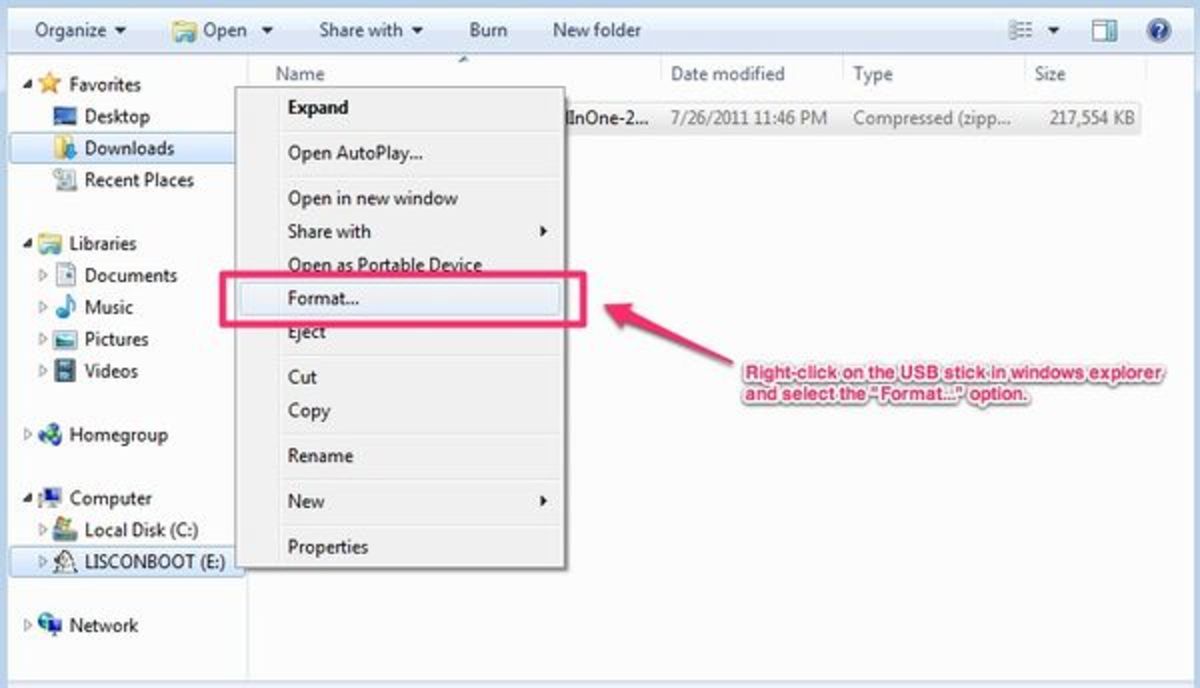

- #HOW TO FORMAT A USB WINDOWS 10 INSTALL#
- #HOW TO FORMAT A USB WINDOWS 10 WINDOWS 10#
- #HOW TO FORMAT A USB WINDOWS 10 PORTABLE#
- #HOW TO FORMAT A USB WINDOWS 10 CODE#
So it can be a pain to install Windows on a new computer. Simply follow the on screen instructions to install Windows.Most new PCs don't come with DVD drives anymore.
#HOW TO FORMAT A USB WINDOWS 10 WINDOWS 10#
If there is a need to install on a new computer, it is just as easy to start up the new computer with the USB drive and proceed with Windows 10 installation. If the computer starts up, which may take longer than usual, and shows the Windows 10 installer screen, the USB installer should work when needed. When the boot menu appears, select the USB drive.

This varies from computer to computer, but it is usually the ‘Escape’, ‘F10’ or ‘F12’ key. This can be done by restarting the computer and holding the key that opens a boot-device selection menu. When the installer is copied, it’s a good idea to test that everything worked properly. This may take several minutes depending on the computer and drives being used. To copy the installer, use File Explorer to copy and paste all of the contents of the Windows 10 Setup DVD or ISO file to the USB drive. A USB flash drive that is 4-gigabytes or larger is needed for this process to be as quick and easy as possible, though several smaller flash drives can be used if a larger capacity drive is not available.


Copying The Windows Installer & InstallingĪfter the USB drive is formatted and bootable, the Windows 10 installer can be copied to the drive. The next step is to copy the Windows installer to this drive. After formatting is complete, right-clicking the USB drive again and choosing to ‘Mark Partition as Active’ will make the flash drive bootable. FAT32 should be selected, which is required for bootable drives. Right-clicking it and choosing the ‘Format’ option, an option of file system will appear. The USB drive should be shown in the drive list. This is accomplished by plugging it in to the computer, then opening Disk Management from the Start Menu. The first step is to format the USB flash drive. Related: Microsoft Windows 10 In S Mode Explained: How Windows 10S is DifferentĬreating a bootable Windows 10 installation flash drive isn’t difficult, but does require several steps and may seem complicated for those new to formatting drives or working with Windows 10. Note that in order to add an installer, a Windows 10 ISO file or Windows Setup DVD is required, It is also recommended that the USB flash drive that has a capacity of at least 4-gigabytes. It’s easy to create a bootable flash drive using Windows 10 Disk Management tool.
#HOW TO FORMAT A USB WINDOWS 10 CODE#
The difference is that startup drives contain a hidden partition that contains code that initializes the computer and prepares it to run the operating system. All other drives, internal and external are not bootable, instead being used mostly for storing data. By default, only the startup drive or C drive is bootable. The installer is handy after a hard drive failure or virus infection, which requires reinstallation of the operating system.īootable is a technical term that means the computer can be started up using a USB drive.
#HOW TO FORMAT A USB WINDOWS 10 PORTABLE#
In the event a new computer is purchased that needs Windows 10 installed, a bootable portable drive with the Windows 10 installer will ease the pain. While a DVD installer is another option, it’s a good idea to have it in flash drive form, since DVDs are larger and require an optical drive. In order to install Windows 10 from a USB flash drive, a bootable installation drive must be created first.


 0 kommentar(er)
0 kommentar(er)
